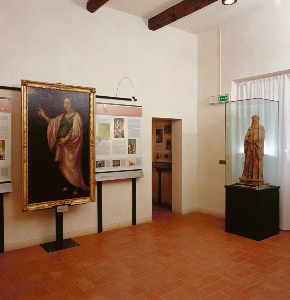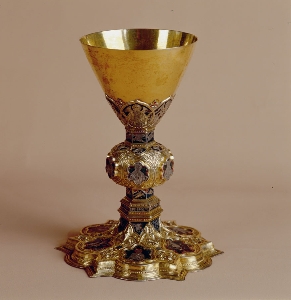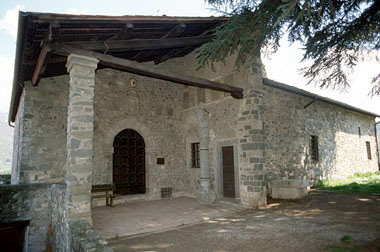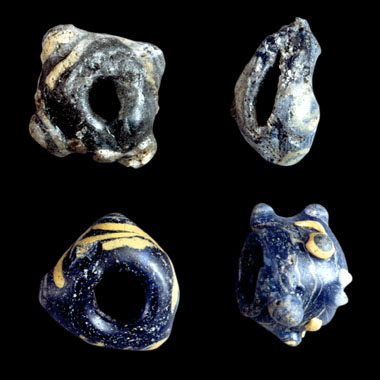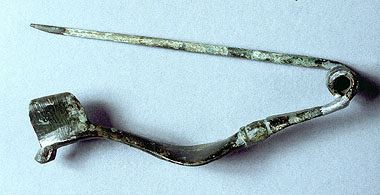
Information
District/Location:
Barga
District:
Mediavalle
Address:
Piazza dell'Arringo del Duomo - 55051 - Barga
Telephone:
0583-711100 | 0583-724755
Contacts:
Comune di Barga

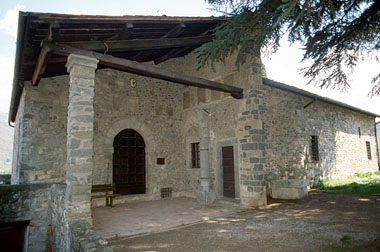
The Museum is located in the evocative rooms of Palazzo Pretorio, once residence of Barga Commissari and Podestà; visiting them we can become familiar with the Barga region and its natural, historical and artistic characters.
Geological, palaeontological and archaeological finds allow to run through the events in the region before the Serchio Valley became a Roman colony, whereas peculiar works of art show the artistic wealth of Barga during Middle and Modern Ages.
As government building and law court, Palazzo Pretorio contains a prison in its subterraneous rooms: a dungeon and a torture room have been reconstructed to demonstrate how different were the idea of justice and the administration of laws in the past.
The museum has been recently enlarged with two further rooms dedicated to the Middle Age and to the First Renaissance with vestments, altar cloths and holy vessels from the treasury of Barga's Duomo.
Geological, palaeontological and archaeological finds allow to run through the events in the region before the Serchio Valley became a Roman colony, whereas peculiar works of art show the artistic wealth of Barga during Middle and Modern Ages.
As government building and law court, Palazzo Pretorio contains a prison in its subterraneous rooms: a dungeon and a torture room have been reconstructed to demonstrate how different were the idea of justice and the administration of laws in the past.
The museum has been recently enlarged with two further rooms dedicated to the Middle Age and to the First Renaissance with vestments, altar cloths and holy vessels from the treasury of Barga's Duomo.
Piazza dell'Arringo del Duomo - 55051 - Barga
Fossils; minerals; rocks; archaeological and palaeontological finds; fragments of Medieval architecture; sacred art masterpieces (XIIth-XVIIth century).
Sections: Palaeontological, Geological, Early and Late Middle Age, Renaissance, Dungeon, Basement
Sections: Palaeontological, Geological, Early and Late Middle Age, Renaissance, Dungeon, Basement
Palazzo Pretorio was built in the first half of XIVth century to give a seat to the Podestà, a public office introduced in Barga by Florence government. In front of the entrance there is a loggia which keeps some evidences of these political and administrative system: coats of arms of Podestà, a column that remembers a visit of Cosimo I dei Medici and units of measurement used both in Florence and Barga.
Prisoners waiting for trial were confined in few undergrond rooms. An inventory of 1570 tells us that prison was composed by a dungeon and by two cells, accessible from the Sala del Consiglio by a trap door. During XVIIIth and XIXth centuries it has been modified: a room was kept for religious ceremonies, as the importance of spiritual help for prisoners has been established by Regolamento Generale per le carceri della Toscana.
The exhibits filling Palazzo rooms are explaned by poster and reconstructions and they are arranged following a chronological rule: fossils of vegetable and animals,mesolithic lithic tools, funeral objects from rich ligurian tombs, small etruscan statues as votive offers; then paintings, sculptures, jewellery and coroplastic examples dated back to Middle Age, Renaissance and Baroque.
Prisoners waiting for trial were confined in few undergrond rooms. An inventory of 1570 tells us that prison was composed by a dungeon and by two cells, accessible from the Sala del Consiglio by a trap door. During XVIIIth and XIXth centuries it has been modified: a room was kept for religious ceremonies, as the importance of spiritual help for prisoners has been established by Regolamento Generale per le carceri della Toscana.
The exhibits filling Palazzo rooms are explaned by poster and reconstructions and they are arranged following a chronological rule: fossils of vegetable and animals,mesolithic lithic tools, funeral objects from rich ligurian tombs, small etruscan statues as votive offers; then paintings, sculptures, jewellery and coroplastic examples dated back to Middle Age, Renaissance and Baroque.
Scopri altre attrazioni vicino a Antonio Mordini Municipal Museum of the Territory
See allYou may also like..
See allFind more
0








